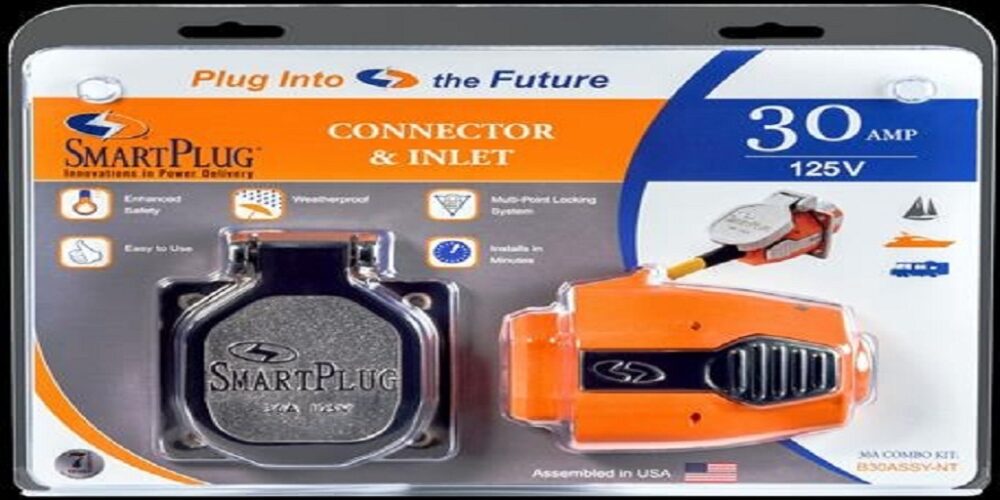If you’re not a fan of primitive camping where there is nothing but you and your surroundings, you’d want to know how to power your RV so you can experience the great outdoors without the inconvenience of not having electricity and other basic comforts of life.
The answer: RV power cords and adapters hooked up to the shore power.
Access to electricity makes your RV feel like a home away from home. You can enjoy refrigerators, ovens, TVs computers, and other devices you’re used to having at home.
But what power cord do you pack to get ready for your camping trip? Let’s talk about that and the shore power below.
What Is Shore Power
Shore power refers to using a campground’s city power supply. Power pedestals are frequently found close to a well-established campsite.
The power pedestal produces 120v AC electricity, which is the same as what you have in your home.
RV Power Cords
Power cords for RV are available in 15-amp, 30-amp, and 50-amp versions. Read on to find out what you need for your RV.
15-Amp Power Cord
A 15-amp power cord is typically found in the smallest RVs with the lowest load needs, such as campers or extremely compact trailers. If the RV doesn’t have a refrigerator, the power demand is usually low enough that only a 15-amp connection is required.
15-amps are powered by the same electricity that you get from your home’s outlets and a 10-gauge extension cord is recommended for use.
This cord contains a thick stranded wire and an extremely resilient covering, making it ideal for running at any length.
The total amount of power you can consume at any given moment is 15A x 120V = 1,800 watts.
30-Amp Power Cord
An RV power cable with a 30-amp plug includes three prongs: one for a 120-volt hot wire, one for a neutral wire, and the third for a ground wire. Aside from being physically larger than a 15-amp plug, the prongs are placed differently, with the thin prongs angled rather than parallel and straight up and down.
A 30-amp power cord is larger than a 15-amp plug and is typically found in mid-size RVs with reduced load needs. It is the most popular size and power combination on the market.
30-amp cords are rated for 30 amps at 125 volts = 3,750 watts. The majority of cables on the market will be 10 Gauge. You should be able to run 30 amps through these cords as well.
50-Amp Power Cord
The four prongs on a 50-amp power chord (for bigger RVs) correspond to TWO 120-volt hot wires, a neutral wire, and a ground wire. Although it’s labeled as a 50-amp connection, it feeds two distinct 50-amp, 120-volt circuits.
As a result, a 50-amp feed feeds your RV with a total of 12,000 watts, 6,000 watts from each hot wire.
The majority of 50-amp RVs are wired to use each side of the 120-volt service independently, providing 120 volts to two separate wires.
They require a lot of power, 50-amp at 125/250V. A 50-amp RV cord with 6/3 + 8/1 or 6/4 gauge wire is required.
RV Power Adapters
A power cord that doesn’t match your RV needs an adapter. You need an adapter that matches both your RV and what they have on the campground as well.
Dog-bone adapters and puck adapters are the two most common types of RV adapters. Adapters merely alter the physical shape of the plug to accommodate your RV and have no effect on the power output.
Puck adapters can be a little problematic as their size causes them to heat up and their connections aren’t always as secure. They are, however, less expensive and smaller, making them easier to store.
For quality RV supplies and accessories at affordable prices, visit rvupgradestore.com. From RV power cords to RV appliances, they have everything that can make your camping a better experience every time. Check them out now.












